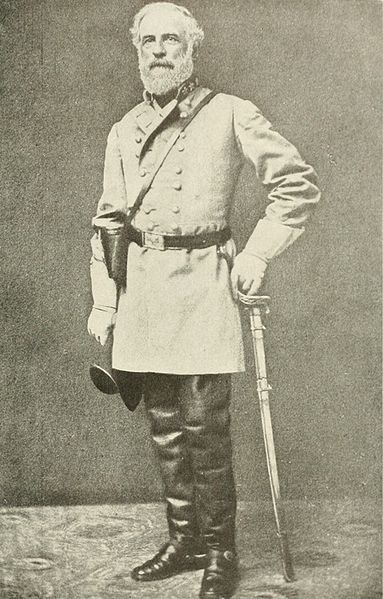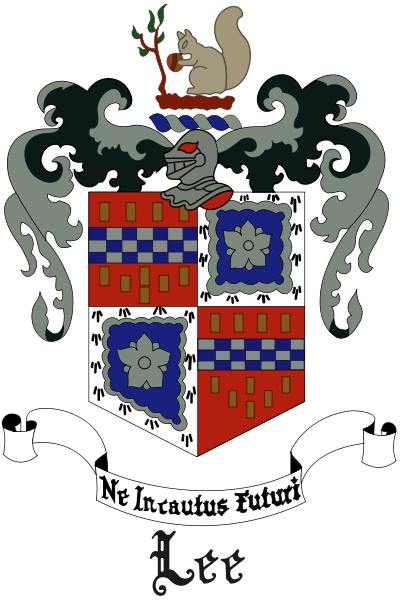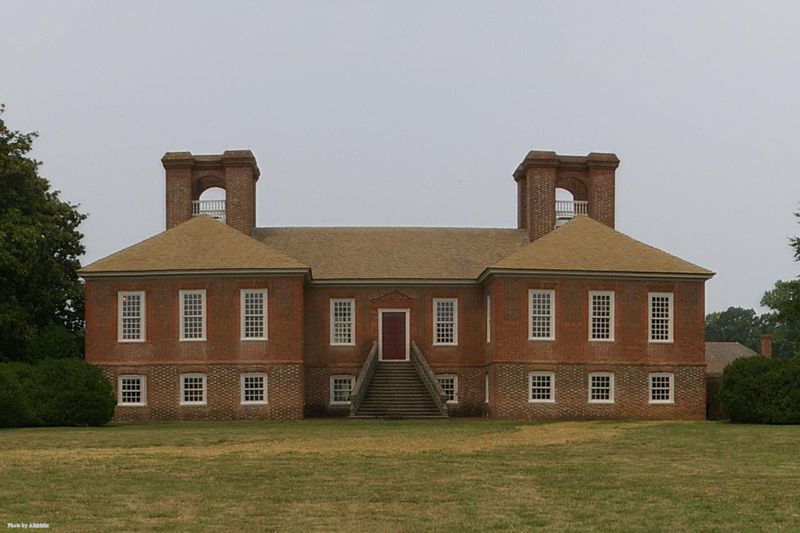Perhaps no other criterion is as important in determining social status as that of family. Kingsley Davis explains:
“One of the family’s main functions is the ascription of status…. Children are said to ‘acquire their parents’ status,’ with the implication that the two parents have a common status to transmit and that the child gets this status automatically as a member of the family.”1
Renowned sociologist Max Lerner clearly illustrates the importance of the family in attaining high social status in the United States.

Confederate General Robert E. Lee in 1863. Along with the Byrds, Carters, Washingtons, and other First Families of Virginia, the Lee family was at the core of Virginia’s aristocracy for centuries.
“Somewhere in between an aristocracy of blood and land and a power elite of acquired wealth there is the domain that the American newspapers call ‘Society.’ Wealth alone does not open the portals of this domain, as a number of rich men and their wives have ruefully learned in studying the ‘Social Register.’ Birth and family are the key to entrance, although a number have declassed themselves by marrying below their station…. In communities such as the old New England cities, only the ‘old families’ hold the top social positions. The ‘new families,’ while they may belong to the plutocracy and command much greater wealth, do not carry the same charismatic quality.”2
Robert Nisbet, who has undertaken noteworthy studies on the family in modern American society, comments:
“Even in contemporary American democracy, however, we find sections of the country in which family descent is vital to social status. We know these sections best perhaps in certain areas of the South and of New England—the so-called First Families of Virginia, the Cabots, Lowells, and Lodges of Massachusetts, et al. But there are still other sectons in the Midwest and West that contain communities in which family line, irrespective of anything else, can grant one high status.”3
Like the European nobility, members of elite American families marry among themselves, having great consideration for the interests of the clan, making alliances with other powerful families, forming networks that tend to dominate the economic and social life of the country.
Stephen Birmingham, well-known historian of the American traditional upper class, writes, under the expressive title “Royal Marriage”:
“Marriage—that was what propelled a dynasty, a family empire, just as it does today, as prominent family joined prominent family at the altar in mergers of both romance and power, weaving a web of privacy and privilege over the years that would be almost impenetrable to outsiders…confounding genealogists.”4
Similar conclusions are reached by William Domhoff: “First Families in Boston have tended toward marrying each other in a way that would do justice to the planned marriages of European royalty.”5
The successive marriages between persons of the upper class resulted in the formation of a social network based on the family, wherein persons acquire status not just as individuals, but also as members of families or clans. In this respect, Nathaniel Burt, historian of Philadelphia’s upper classes, notes: “As important as being an actual member of a Family, perhaps more important, is being caught in the Web.”6

Lee Family Coat of Arms. The motto “Ne Incautus Futuri” which translates into “Be not unmindful of the future”.
In some regions of the United States, especially in the South and in New England, one can find veritable patriarchal families, which tend to include even the manorial society, that is, servants and dependents, as did the aristocratic families of old Europe. According to Mills:
“In New England and in the South more families than in other regions are acutely conscious of family lines and old residence, and more resistant to the social ascendancy of the newly rich and the newly arrived. There is perhaps a stronger and more embracing sense of family, which, especially in the South, comes to include long faithful servants as well as grandchildren. The sense of kinship may be extended even to those who, although not related by marriage or blood, are considered as ‘cousins’ or ‘aunts’ because they ‘grew up with mother.’ Old upper-class families thus tend to form an endogenous cousinhood, whose clan piety and sense of kinship lead to a reverence for the past and often to a cultivated interest in the history of the region in which the clan has for so long played an honorable role.”7
Such clans tend to keep the patrimony within the family, thereby forming true dynasties not unlike the European aristocratic ones. Talcott Parsons writes:
“In these ‘family elite’ elements the symmetry of the multilineal kinship structure is sharply skewed in the direction of a patrilineal system with a tendency to primogeniture—one in many respects resembling that historically prevalent among European aristocracies, though considerably looser. There is a tendency for this in turn to be bound up with family property, especially an ancestral home, and continuity of status in a particular local community.”8
Max Lerner demonstrates that even within the administrative structure of large corporations the most important decisions are made by those who belong to traditional families.
“It must be added, however, that the new people, who come up from the lower middle classes, usually do not have final control over corporate decisions even though they are in the managerial posts. That decisive and final control often remains in the hands of those who, by the fact of being a birth elite and having money and power over generations, have the prestige that adds weight to their functional qualities and equities within the corporation.”9
Plinio Corrêa de Oliveira, Nobility and Analogous Traditional Elites in the Allocutions of Pius XII: A Theme Illuminating American Social History (York, Penn.: The American Society for the Defense of Tradition, Family, and Property, 1993), Appendix I, pp. 166-169.
1 Kingsley Davis, Human Society (New York: The Macmillan Co., 1949), p. 364.
2 Max Lerner, America as a Civilization, 30th anniv. ed. (New York: Henry holt & Co., 1987), p. 481.
3 Robert A. Nisbet, The Social Bond: An Introduction to the Study of Society (New York: Alfred A. Knopf, 1970), p. 196.
4 Stephen Birmingham, America’s Secret Aristocracy (Boston: Little, Brown & Co., 1987), p. 23.
5 G. William Domhoff, The Higher Circles (New York: Vintage Books, 1970), p. 77.
6 Nathaniel Burt, The Perennial Philadelphians (Boston: Little, Brown & Co., 1963), p. 42.
7 C. Wright Mills, The Power Elite (New York: Oxford University Press, 1956), p. 32.
8 Talcott Parsons, “The Kinship System of the Contemporary United States,” American Anthropologist, n.s. Vol. 45 (1943), p. 29.









